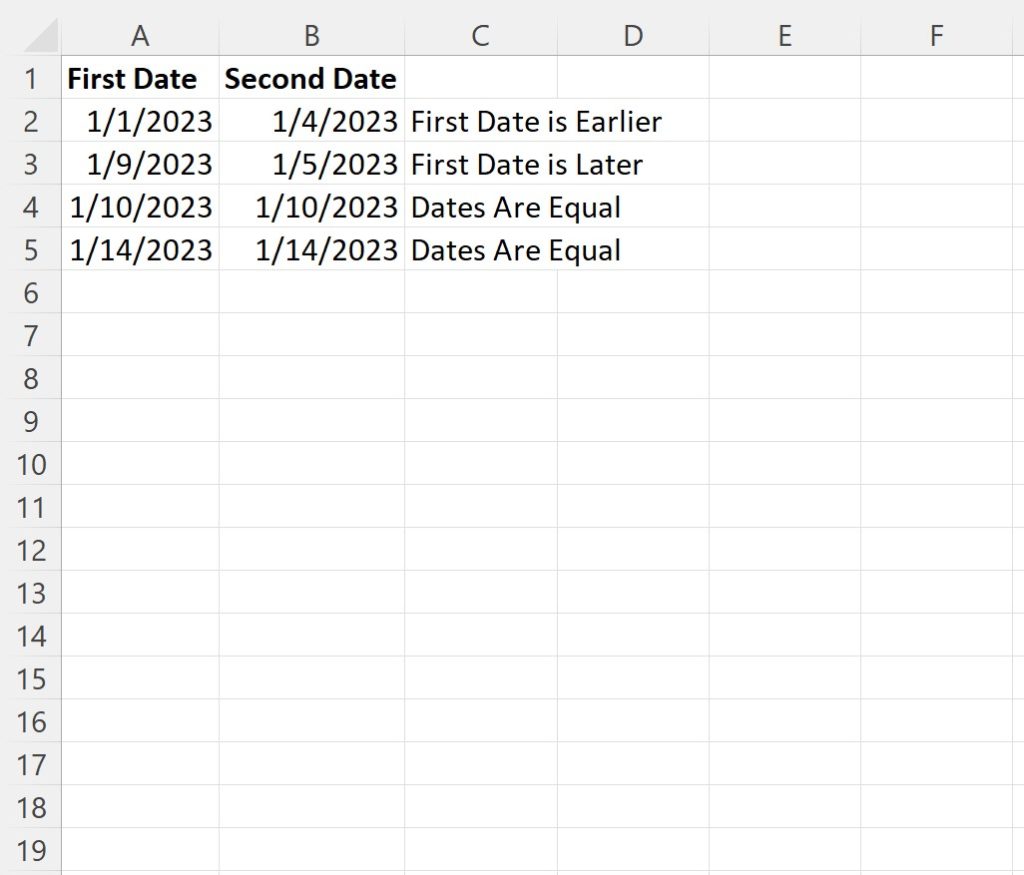Quick Guide: Resolve Media Offline
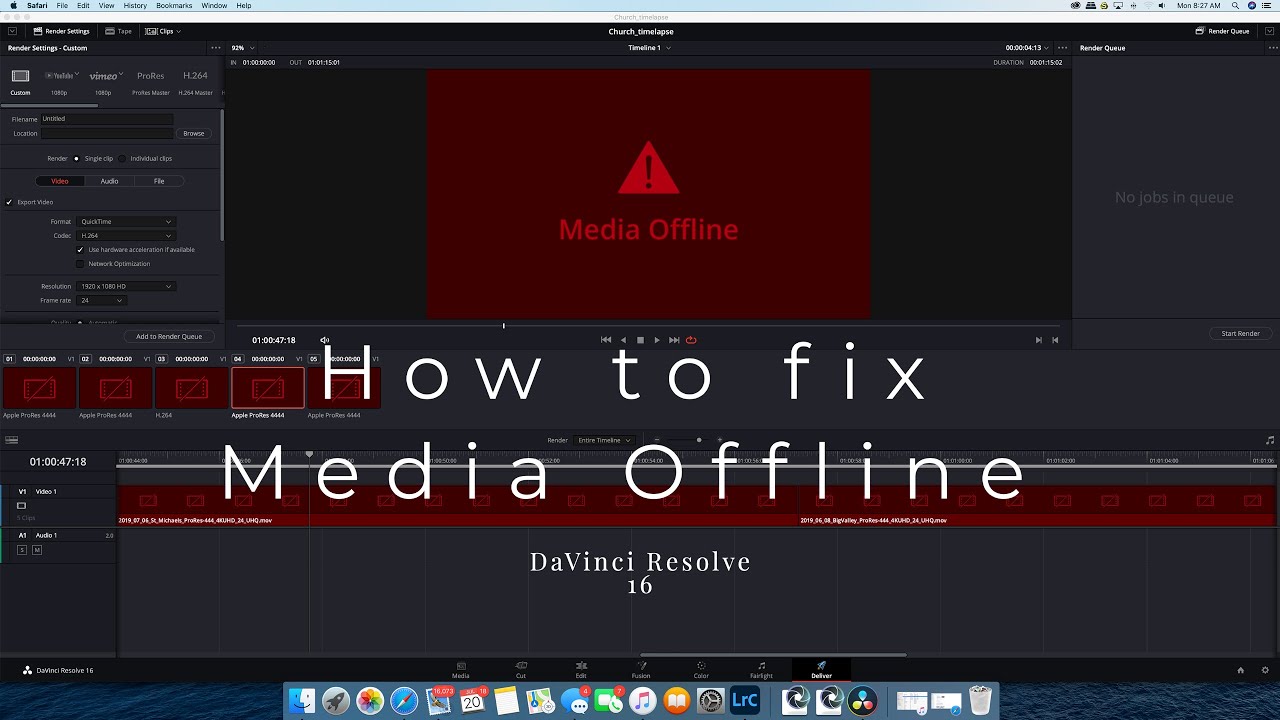
Are you facing the frustrating issue of your media files suddenly becoming unavailable or inaccessible? This comprehensive guide will walk you through the process of troubleshooting and resolving the "Media Offline" problem, ensuring you can regain access to your cherished photos, videos, and music. Whether you're dealing with a single file or an entire library, we've got you covered with practical solutions and expert tips.
Understanding the “Media Offline” Issue
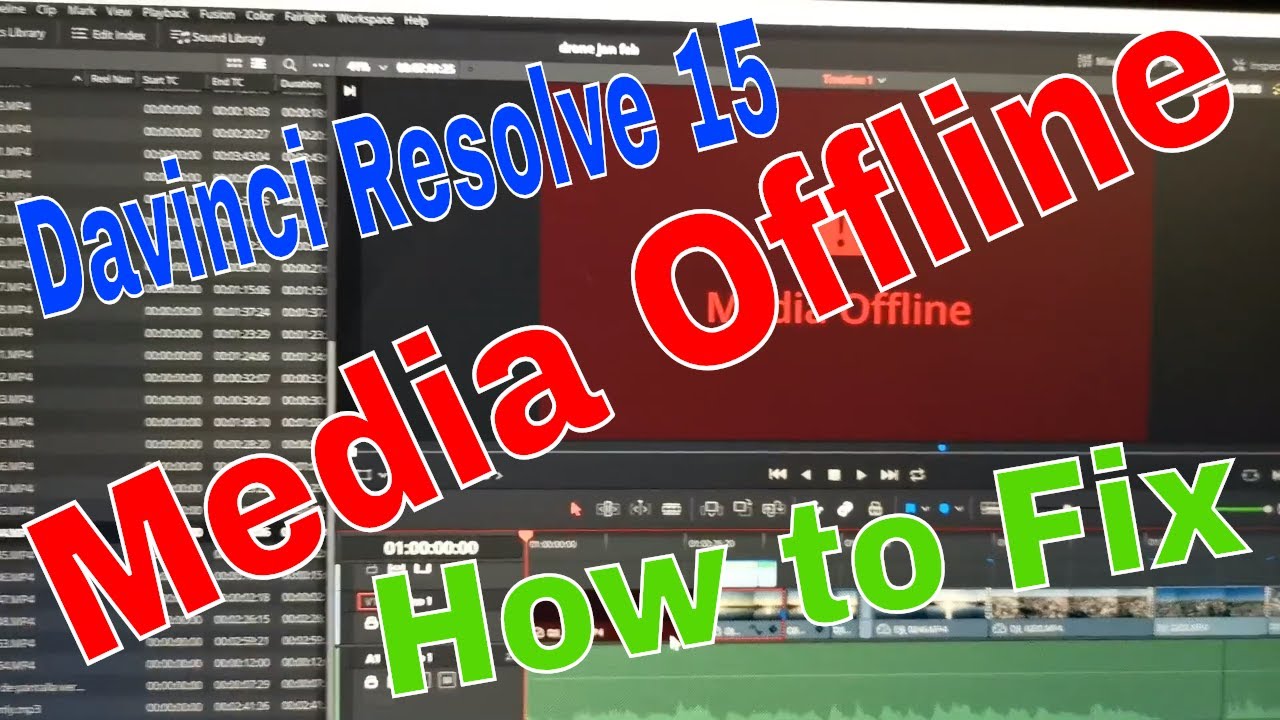
The “Media Offline” notification can be a real buzz-kill, especially when you’re eager to enjoy your digital content. This error message typically indicates that your device or application cannot locate the media files you’re trying to access. It could be due to various reasons, from simple misconfigurations to more complex issues like corrupted files or network-related problems.
Common Causes and Symptoms
Let’s delve into some of the most common causes of media going offline:
- File Path Issues: When your media files are moved or renamed, the associated applications might not be able to locate them, leading to the “offline” status.
- Network Disconnection: If your device is unable to connect to the network where the media files are stored, it will mark them as offline.
- Corrupted Files: In some cases, media files can become corrupted, making them unreadable by your device or application.
- Device Compatibility: Certain media formats might not be supported by your device or require specific codecs to play.
Recognizing these symptoms is the first step towards resolving the issue. Now, let's explore some practical strategies to get your media back online.
Step-by-Step Guide: Bringing Media Back Online
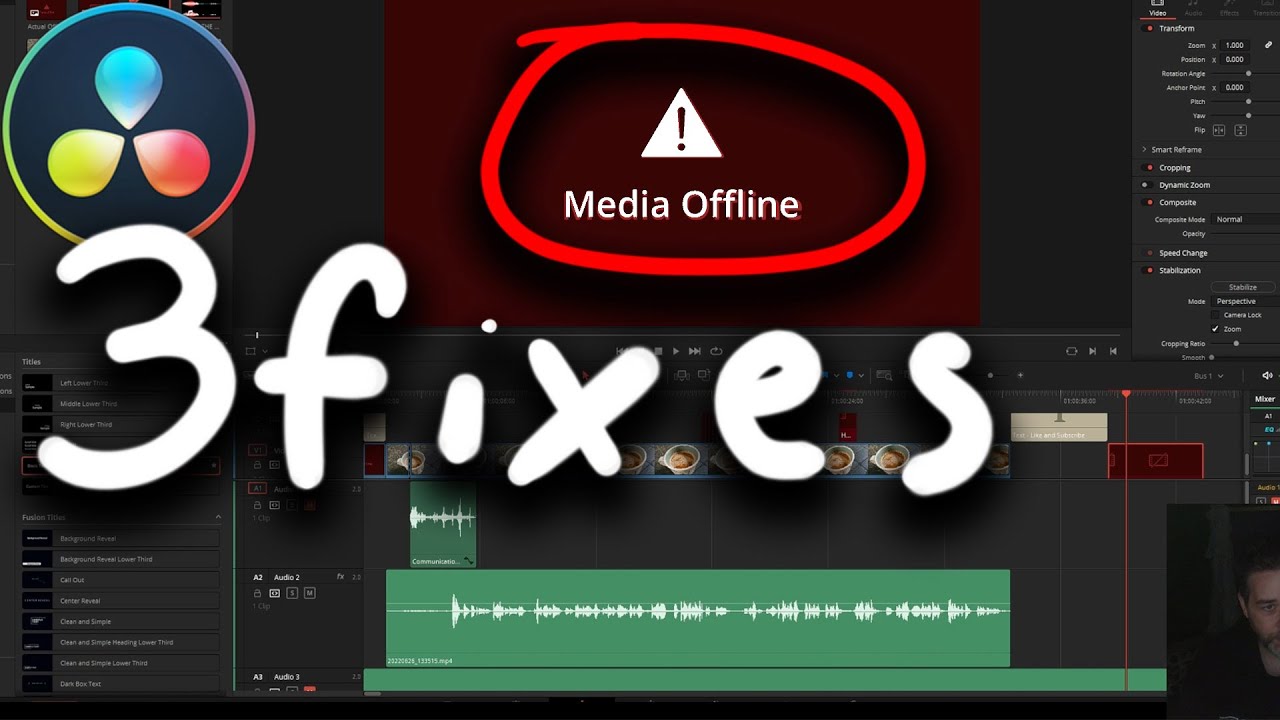
Follow these detailed steps to tackle the “Media Offline” problem effectively:
1. Check File Paths and Locations
Ensure that your media files are stored in the correct location and that the file paths are accurate. If you’ve recently moved or renamed files, update the paths in your media library or application settings. This simple step can often resolve the issue instantly.
2. Verify Network Connectivity
If your media is stored on a network drive or cloud storage, make sure your device is connected to the internet. Check your network settings and try reconnecting to the network. Sometimes, a simple restart of your router or modem can fix connectivity issues.
3. Scan for Corrupted Files
Corrupted files can be a pain, but they’re not always easy to spot. Use specialized software to scan your media files for errors. Tools like CheckDisk for Windows or Disk Utility for macOS can help identify and repair corrupted files. Once repaired, your media should become accessible again.
4. Update Device Software and Apps
Outdated software or applications can sometimes cause compatibility issues with media files. Make sure your device’s operating system and media-playing apps are up-to-date. Updates often include bug fixes and improvements that can resolve media playback issues.
5. Convert File Formats
If your device or application is unable to recognize the file format, consider converting your media files to a more universal format. Tools like HandBrake for video or Audacity for audio can help with this process. Converting to formats like MP4 or MP3 can make your media more widely compatible.
6. Reinstall Media Applications
In some cases, reinstalling the media application itself can fix issues with media playback. Uninstall the application, clear any associated cache or temporary files, and then reinstall it. This can help resolve any configuration or compatibility issues.
7. Contact Technical Support
If none of the above steps resolve the issue, it might be time to seek expert help. Contact the technical support team for your device or application. They can provide more specialized guidance and support based on your specific situation.
Preventative Measures: Keeping Media Accessible
Prevention is always better than cure. Here are some tips to ensure your media stays accessible:
- Regularly Backup Your Media: Store your media files in multiple locations, including cloud storage, to ensure accessibility even if one source becomes unavailable.
- Use Reliable File Storage: Choose trusted cloud storage services or network-attached storage (NAS) devices to store your media. These options offer better reliability and accessibility compared to local storage.
- Keep Software Updated: Regularly update your device's operating system and media applications to ensure compatibility and bug fixes.
- Organize Your Media Library: Keep your media files organized and well-named. This makes it easier to locate and access them, reducing the risk of "offline" issues.
Advanced Troubleshooting: For Persistent Issues
If you’re still facing media offline issues despite your best efforts, it might be time to delve deeper into the problem. Consider these advanced troubleshooting steps:
1. Check for Hardware Issues
Sometimes, physical hardware issues can cause media offline problems. Ensure that your device’s storage media, such as hard drives or SSDs, are functioning properly. Run diagnostics or seek professional assistance if needed.
2. Analyze Network Configuration
If your media is stored on a network drive, ensure that your network configuration is optimal. Check for any firewall or security settings that might be blocking access to your media. Adjusting these settings can sometimes resolve the issue.
3. Use Alternative Media Players
Try playing your media files using alternative media players. If they work in other players but not in your default application, it might indicate a compatibility issue with your primary media player. Switching to a different player can be a quick fix.
4. Seek Community Support
Online communities and forums can be a great resource for troubleshooting. Share your issue with others who might have faced similar problems. They can offer insights and potential solutions based on their experiences.
Conclusion: Regaining Media Access
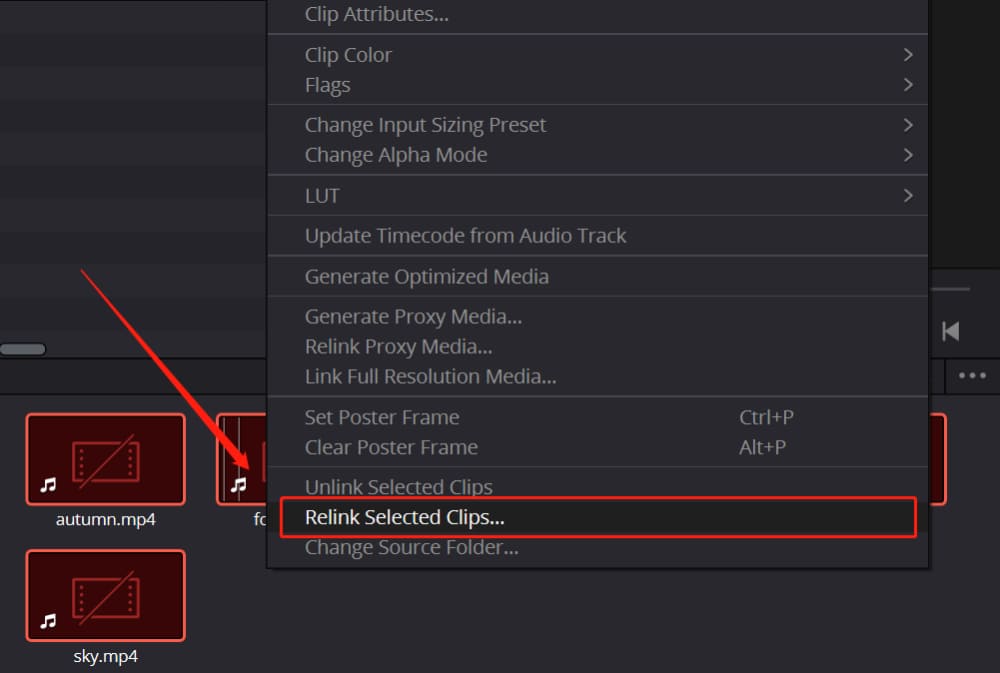
The “Media Offline” issue can be frustrating, but with the right tools and knowledge, it’s a problem you can overcome. By following this comprehensive guide, you should be able to resolve most media offline issues and ensure your digital content remains accessible. Remember to keep your software updated, organize your media library, and regularly back up your files to prevent future headaches.
What if reinstalling the media application doesn’t work?
+If reinstallation fails to resolve the issue, it might be a good idea to contact the application’s support team. They can guide you through more advanced troubleshooting steps specific to their software.
Can I recover corrupted media files?
+Yes, it’s possible to recover corrupted media files using specialized data recovery software. However, the success rate varies depending on the severity of corruption. It’s always a good practice to regularly back up your media to prevent data loss.
Why do some media files play on one device but not on another?
+Media file compatibility can vary between devices and applications. Different devices and media players support different file formats and codecs. Converting your media files to a more universal format can help improve compatibility across devices.
How often should I back up my media library?
+Regular backups are essential to prevent data loss. Aim to back up your media library at least once a month, or more frequently if you have a large collection or frequently add new media files.
Can I fix media offline issues without technical knowledge?
+Absolutely! This guide provides a step-by-step process that anyone can follow. However, for more complex issues, seeking technical support or guidance from online communities can be beneficial.



